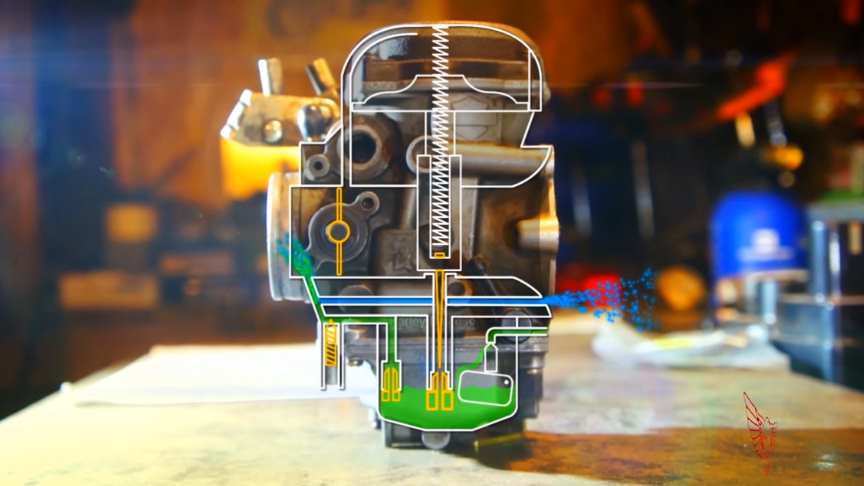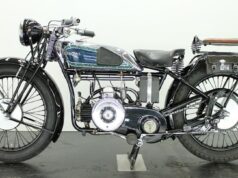A carburetor is a device that mixes air and fuel for internal combustion engines in the proper air–fuel ratio for combustion. A CV carburetor (Constant Velocity) incorporates a vacuum operated slide that varies the venturi size within the carburetor, thus maintaining a constant velocity.
source/image(PrtSc): Custom Cez DIY
The slide also holds a needle that when lifted by the opening slide varies the amount of atomized fuel delivered. In this video Custom Cez explains how does the CV carburetor works and how to adjust the mixture screw.The Constant Velocity carburetor has a variable throttle closure in the intake air stream before the accelerator pedal operated the throttle plate.
This variable closure is controlled by intake manifold pressure/vacuum. This pressure controlled throttle provides relatively even intake pressure throughout the engine’s speed and load ranges.
Advertisement
The most common design of the CV carburetor would be that of the SU or Solex, among others, which use a cylindrical closure that is operated by a diaphragm. The cylinder and diaphragm are connected together with the fuel metering rod to provide fuel in direct relation to airflow. To provide more smooth operation and more even intake pressure, the diaphragm is viscous dampened./wikipedia











